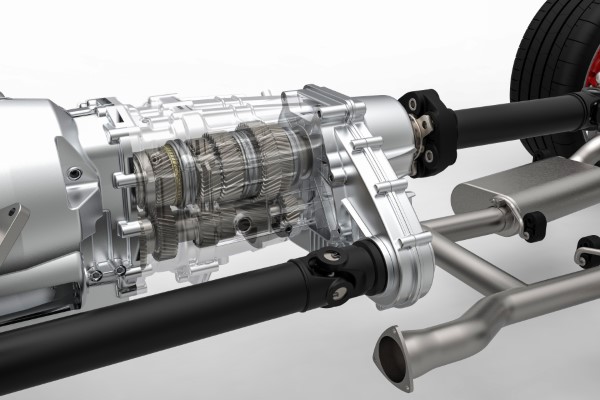
Ever wonder what's behind the smooth acceleration of your car as you press the pedal? It's all about the gears in your vehicle's transmission. This intricate mechanism is the reason behind your seamless and efficient daily commutes and road trips.
What Is A Transmission
A transmission is a complex mechanical system in a vehicle that transmits power from the engine to the drive axle, effectively controlling the speed and torque. Think of it as the mediator between your engine and the wheels, ensuring that the right amount of power is delivered to move the car forward at various speeds. This system can be manual, where you shift gears yourself, or automatic, where the car decides the best gear for the driving conditions.
Why Are Gears Used In Transmissions
Gears are the heart of any transmission system. Their primary role is to manage engine power and control wheel speed. Each gear provides a different ratio of speed and torque: lower gears offer more torque for uphill climbs or acceleration, while higher gears reduce engine workload and increase speed, aiding in fuel efficiency. The ability to switch gears allows the car to be agile and responsive in various driving situations.
Gear Numbers & Ratios Explained
Imagine the gears in a car as the settings on a bicycle. Each setting is suited for different stages of your ride, like starting, cruising, or going uphill.
In manual transmissions (where you shift gears yourself), there are typically 1 to 6 gears:
First Gear: Think of this like starting to pedal a bike from a stop. It gives you the power to start moving, but it's not meant for speed. In cars, it helps you move from a standstill and is used for very slow speeds, like when you start driving or are in heavy traffic.
Second Gear: Once you're rolling, you switch to a setting that lets you pedal comfortably without too much effort. In your car, second gear helps you gain a little more speed while still providing good power, like when you're picking up speed after a stop sign.
Third to Sixth Gears: As you keep pedaling faster and easier on a bike, you switch to higher settings. Similarly, in a car, as you drive faster, you shift to these higher gears. Each higher gear allows the car to move faster with less effort from the engine. Sixth gear, for example, is like the cruising setting on a bike; it's used for high-speed driving on highways and helps save fuel. The car runs smoothly, and the engine doesn't have to work as hard.
Automatic transmissions (where the car shifts gears for you):
Unlike a manual transmission where you select the gear, an automatic transmission does this automatically. It has a set of gears called "planetary gears."
When you drive an automatic car, you don't have to worry about changing gears. The car decides when to shift up or down based on your speed, how hard you press the accelerator, and other factors. It's designed to provide the best balance of power and fuel efficiency at all times.
In both types of transmissions, the idea is the same: to provide the right amount of power and speed for your driving conditions. Whether manual or automatic, gears are essential for a smooth and efficient driving experience.
Gear Ratios and Your Car's Fuel Efficiency
Gear ratios play a pivotal role in determining your car's fuel efficiency. A higher gear ratio means the engine runs at lower RPMs, reducing fuel consumption and wear on the engine. Conversely, lower gear ratios provide more power but consume more fuel. The last thing you want is for your car to stay at the 3,000 or 4,000 RPM point, straining the engine and consuming a huge amount of fuel.
Questions You Might Have - FAQs
Q1: How often should I check my transmission fluid?
A: It's recommended to check it every 30,000 to 60,000 miles, but consult your vehicle's manual for specific guidelines.
Q2: Can I shift gears in an automatic transmission?
A: Yes, many automatic cars offer a manual mode or semi-automatic function for more control.
Q3: Does frequent gear shifting harm the transmission?
A: Excessive or incorrect shifting can cause wear, but normal shifting is what transmissions are designed for.
Having problems with your transmission or maybe need a quick check-up? Premier West Gears has you covered - maintenance is more than a shop visit; it's a matter of safety and reliability on the road.